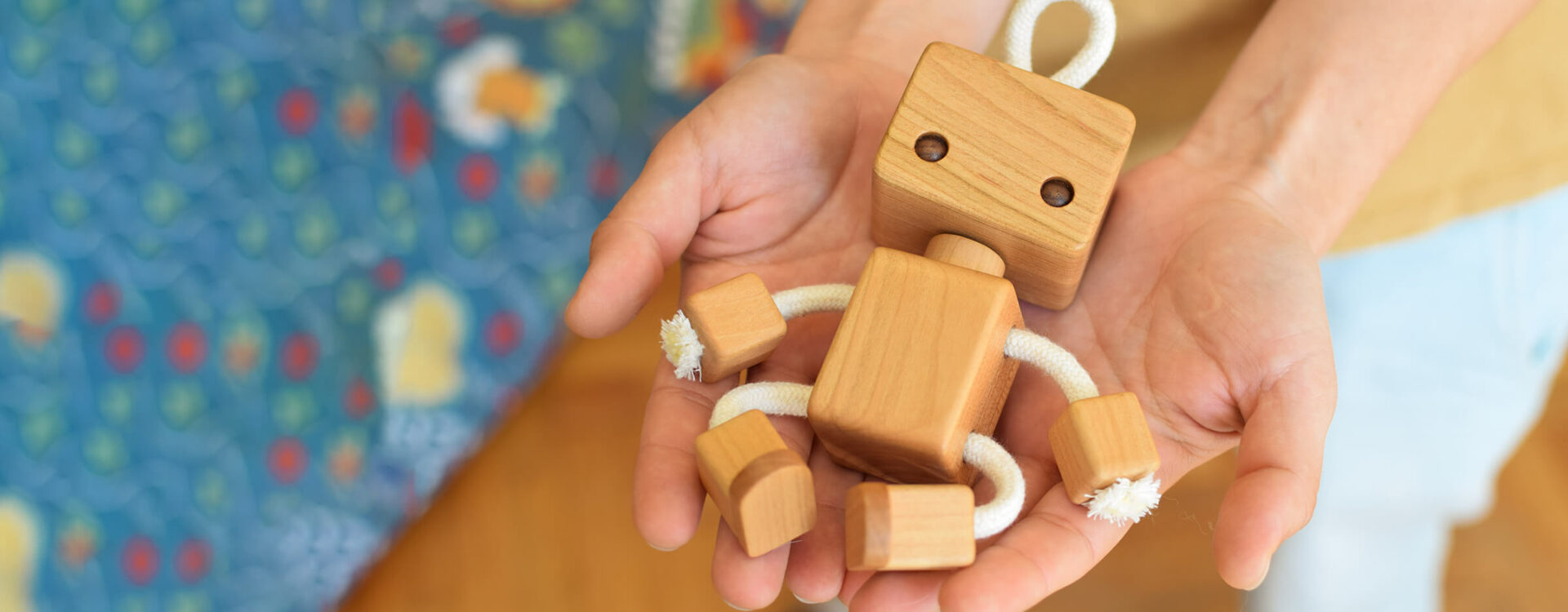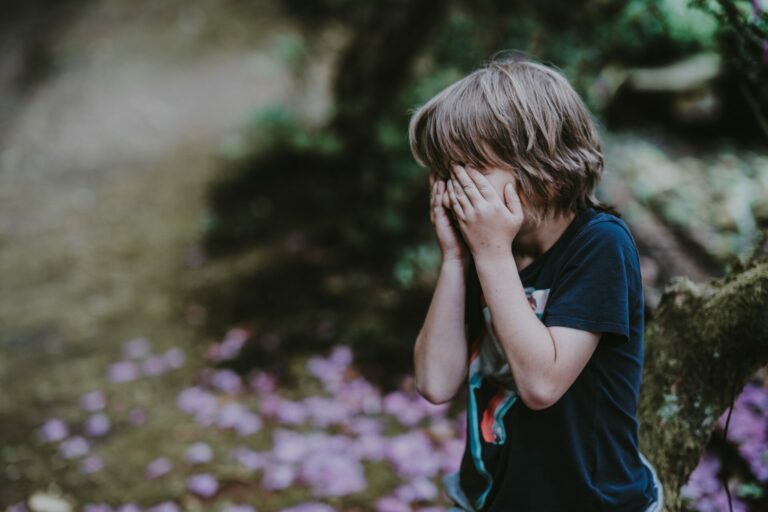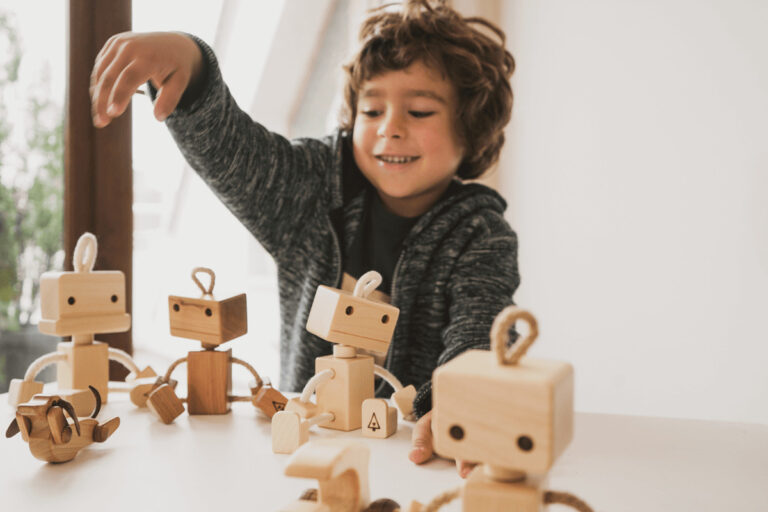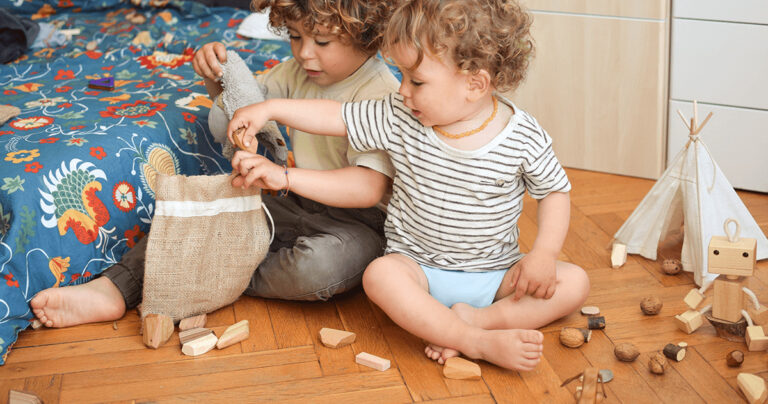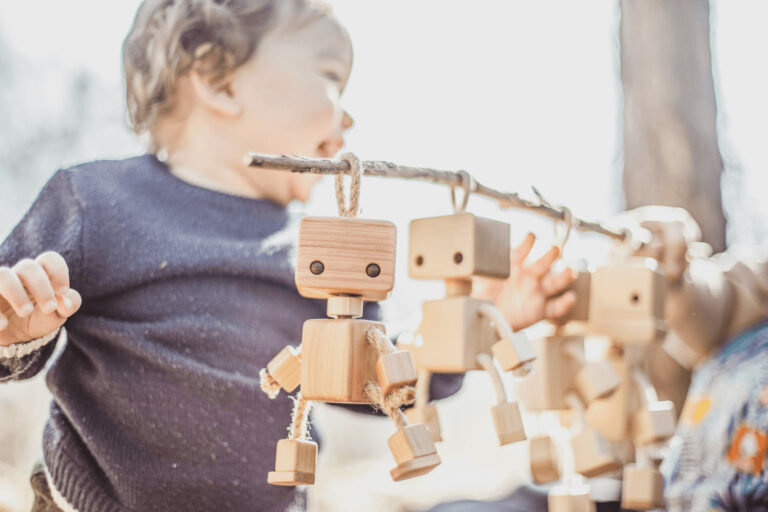When I was a child, every new toy was a cause for real delight. And by “new” I do not mean only the toys bought especially for me, I was lucky to find the old doll stroller from my mother’s childhood or the metal constructor that my father played with … and all the other treasures that their parents carefully they had kept it for years.
However, our children grow up at a time when things do not have the same value as before. Due to mass production, cheap materials and the ability to buy a toy with almost no money from any supermarket, nowadays we are more and more confused about how to limit the uninterrupted flow of colorful, glowing and singing new acquisitions.
Although it is tempting to buy them gifts, the truth is that children do not need many toys, and vice versa – a small number, but quality and multifunctional things. How many times have we seen in our home or in that of friends a floor covered with toys, and at the same time a grumbling child who is bored? Just as when our wardrobe is full of clothes and we have the feeling that ‘there is nothing to wear’, so the child feels confused in front of the overcrowded baskets of toys and instead of playing with them, he scatters them aimlessly. The smaller the child, the harder it will be to keep his attention in the game if the shelves and baskets are overflowing with things. Here are my easy tricks to fight this phenomenon and help my daughter play to the fullest:
Reduction of available
For this purpose, it is good to gather all the available toys at home in one place and look at them. With a clear conscience, I throw away any toy that I find dangerous or of poor quality and that by some chance has come home. While I strive to live as environmentally friendly as possible and with less waste, such items often break the first time we use them and sooner or later end up in the trash, so don’t feel guilty about throwing them away. In order to achieve sustainability, it is important not to buy them and to limit their receipt as gifts. Toys that are healthy and safe, but the child does not like or consider superfluous, can be donated, sold, or exchanged :
List of desired toys
For birthdays and other occasions, I always prepare a list of gifts, so at the same time, we make it easier for the guests and avoid the danger of getting something unnecessary. For this purpose, during the year I identify different things that I think will be suitable for my daughter or that she wanted and when the opportunity arises, I just give directions on who they are. I myself rarely buy something spontaneously, I try to stick to the list.
The simpler the toy, the simpler the game
I choose the toys so that they are sustainable both in terms of production and use – healthy and retaining the long-term interest of the child, and most of all – with the potential for active and full play. Simple toys require the child to use his imagination and so he develops creative thinking, learns to solve problems in a creative way, and be independent instead of passively expecting the toy to entertain him. Sometimes we, the parents, have to partner in games, but this is an investment that pays off over time.
The child can play not only with toys
Favorite items that participate in the games at home are all kinds of natural materials that we have collected together such as pebbles, cones, acorns, bird feathers. They do not cost a penny, do not pollute the environment during disposal and can be very valuable both in the sensory development of younger and in the study of nature with older children. Beans, rice, flour and similar products from the kitchen cabinet can also be used for play. Of course, it is important to consider whether they are safe for the child’s age and to make sure that they are not swallowed or otherwise injured, as well as to make room for playing with them so that we do not find pine needles in our bed 😂
The child can play not only with toys
Favorite items that participate in the games at home are all kinds of natural materials that we have collected together such as pebbles, cones, acorns, bird feathers. They do not cost a penny, do not pollute the environment during disposal and can be very valuable both in the sensory development of younger and in the study of nature with older children. Beans, rice, flour and similar products from the kitchen cabinet can also be used for play. Of course, it is important to consider whether they are safe for the child’s age and to make sure that they are not swallowed or otherwise injured, as well as to make room for playing with them so that we do not find pine needles in our bed 😂
Periodic rotation
I’m not an extreme minimalist, and even with the above, my daughter’s toys are still more than necessary. So when she was little, I rotated a lot of them – I collected about half of the things available so that I could draw her attention to the others and play with them fully. After a while, I exchanged them again, so the ‘forgotten’ toys were revered again. If you radically reduce the total number and the child is already older, you may not need to rotate the toys. Here you can read more ideas for rotation in English.
Arrangement comfortable for the child
The child will play more and scatter less if each toy has a place and the arrangement is comfortable and understandable for his age. You can think of categories in which to organize the toys and when you are ready – to find suitable solutions for the interior at home. Children over 2-3 years of age can be actively involved in deciding how to store toys. By involving them in this process, you will encourage them to take care of order afterwards.
Play is the most important activity for children, which they grow intellectually, physically and emotionally. And toys – they are just the means to do so 🙂
